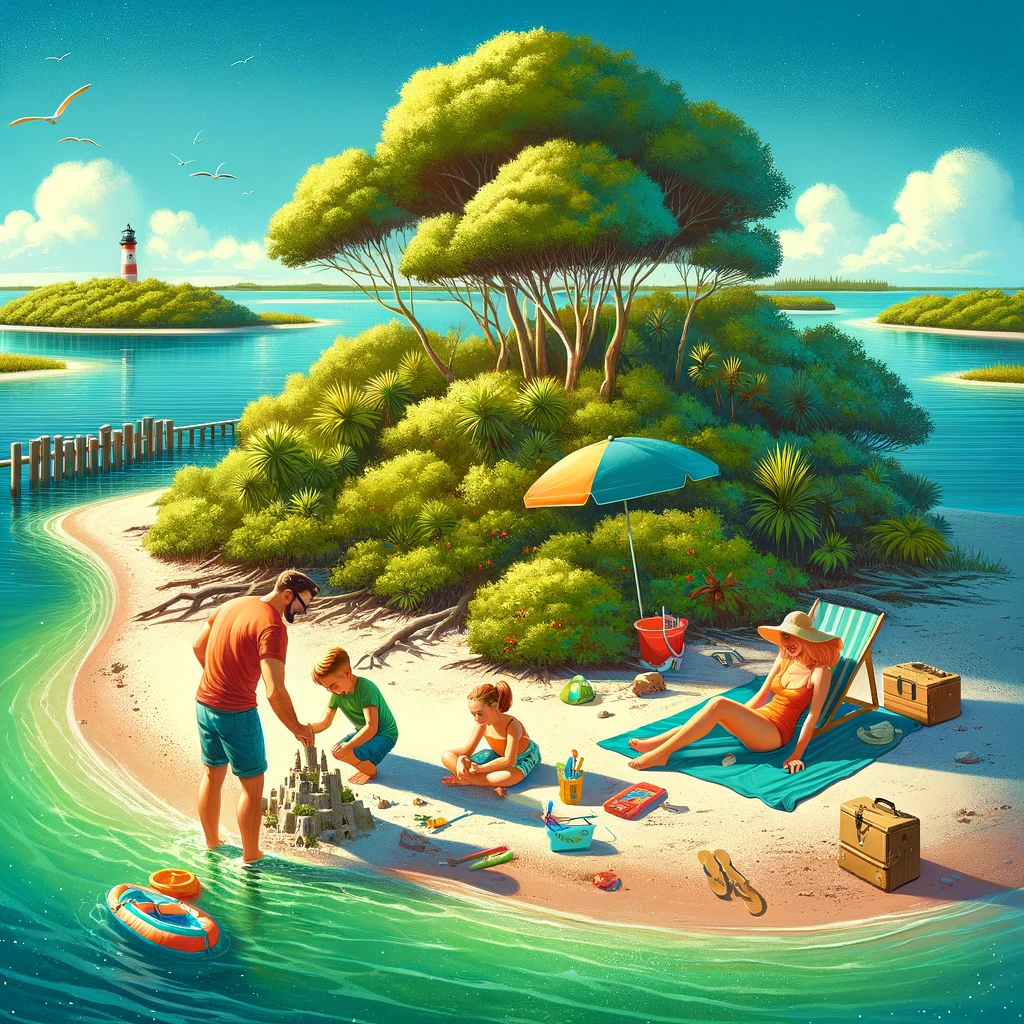Summer camping with kids is an incredible way to create lasting family memories, foster a love for nature, and teach valuable outdoor skills. This comprehensive guide will walk you through everything you need to know to plan a successful and safe camping trip with your children, from preparation to exciting activities and crucial safety tips.
Preparing for Your Summer Camping Adventure
Before embarking on your family camping trip, thorough preparation is critical to ensuring a smooth and enjoyable experience for everyone.
Pre-Trip Planning
Choosing a suitable campsite is crucial when camping with kids. Look for family-friendly campgrounds that offer amenities like clean restrooms, potable water, and designated fire pits. Consider the proximity to hiking trails, lakes, or other natural attractions that can entertain your children.
When it comes to packing summer camping essentials, be sure to include kid-specific items such as favorite snacks, comfort items (like a stuffed animal or special blanket), and age-appropriate outdoor gear. Remember essentials like sunscreen, insect repellent, and a well-stocked first aid kit.
Consider having a practice run in your backyard to help your children feel more comfortable with the idea of camping. Set up the tent, practice using sleeping bags, and even have a mini campfire (if local regulations allow) to familiarize them with the camping experience.
Involving Kids in the Process
Get your children excited about the trip by involving them in the planning and packing process. Let them choose some of their own clothes and toys to bring along. This helps them feel more invested in the trip and teaches them valuable planning skills.
Before the trip, take some time to teach your kids basic camping skills like setting up a tent, using a flashlight properly, and understanding campfire safety. This knowledge will boost their confidence and make them feel more at ease in the outdoor environment.
Exciting Summer Camping Activities for Kids
Keeping children engaged and entertained during a camping trip is essential for a successful family outing. Here are some fun and educational activities to try:
Nature Exploration
Organize a nature scavenger hunt by creating a list of items for your kids to find, such as specific leaves, rocks, or animal tracks. This activity encourages observation skills and helps children learn about their surroundings.
Teach your kids to identify local plants and animals using field guides or nature apps. This educates them about the environment and helps them develop a deeper appreciation for nature.
Encourage your children to keep a nature journal where they can draw or write about their observations and experiences. This activity promotes creativity and helps create lasting memories of the trip.
Outdoor Skills Development
Introduce your kids to basic outdoor skills like knot tying. Start with simple knots and make it fun by turning it into a game or challenge.
Simple orienteering exercises can be both fun and educational. Teach your children how to use a compass and read a map, then set up a miniature course for them to navigate.
Stargazing is a magical activity for children. Bring along a star chart or download a stargazing app to help identify constellations and planets.
Water-Based Activities
If your campsite is near a body of water, supervised swimming can be refreshing on hot summer days. Always ensure proper supervision and adhere to water safety guidelines.
Fishing can be an exciting and rewarding experience for kids. Make sure to obtain the necessary licenses and use age-appropriate equipment.
For older children, consider kayaking or canoeing if suitable bodies of water are nearby. These activities can help build confidence and teach teamwork.
Campfire Fun
Gather around the campfire for storytelling sessions. Encourage each family member to contribute a story, whether it’s a made-up tale or a personal anecdote.
Teach your kids classic campfire songs and play simple games like “I Spy” or “20 Questions” to keep everyone entertained.
No campfire experience is complete without s’mores! Involve your children in the preparation process, teaching them about fire safety along the way.
Essential Safety Tips for Camping with Kids
While camping is a fun adventure, safety should always be a top priority. Here are some essential safety tips to keep in mind:
Campsite Safety
Establish clear boundaries for your children at the campsite. Show them where they are allowed to go and areas that are off-limits.
Teach your kids about proper food storage to avoid attracting wildlife. Use bear-proof containers or store food in your vehicle if necessary.
Set clear rules about fire safety, including never leaving the campfire unattended and how to properly extinguish it.
Outdoor Safety
Educate your children about identifying and avoiding poisonous plants like poison ivy or oak. Teach them the saying “Leaves of three, let it be” as a simple rule of thumb.
Discuss wildlife safety guidelines with your kids, including what to do if they encounter animals like bears or snakes.
Emphasize the importance of sun protection and staying hydrated in hot weather. Encourage regular application of sunscreen and frequent water breaks.
Water Safety
If your camping trip involves water activities, establish clear swimming rules and implement a buddy system. Ensure that children always wear properly fitted life jackets when near water.
Teach your kids about safe water sourcing and purification methods, especially if you’re camping in a more remote area.
Emergency Preparedness
Pack a comprehensive first aid kit and teach your children basic first aid skills appropriate for their age.
Establish an emergency communication plan, including what to do if someone gets separated from the group. Consider providing each child with a whistle to use in case of emergency.
Conclusion
By following these guidelines and planning your summer camping trip step by step, you can ensure a safe, fun, and memorable outdoor adventure for the whole family. Remember, the goal is not just to survive in nature but to thrive and create lasting connections with both the environment and each other.

Leave a Reply